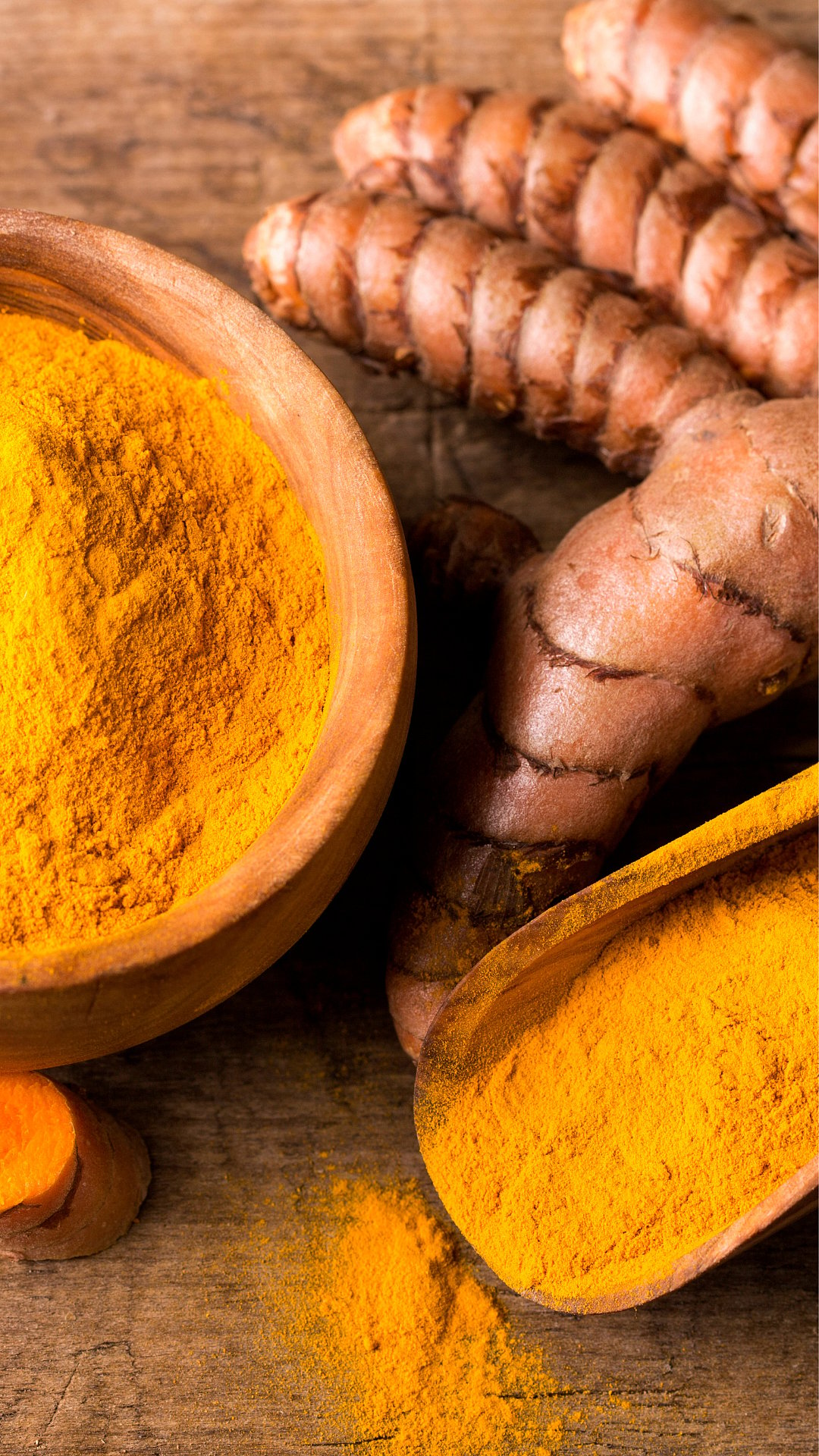A random raid at a spice mill in Modinagar, Ghaziabad on Thursday revealed a disturbing practice of mixing industrial dyes used for clothes with turmeric and chilli powder.
According to the Times of India report, officials from the food safety department stumbled upon numerous packets of synthetic colors clearly labeled 'for industrial use only' and 'poisonous.'
The mill 'Annapurna Flour Mill' is owned by a businessman Ashok Garg.
Authorities have seized approximately 200kg of turmeric and 150kg of red chili powder from the premises of the mill. The spices were being sold in bulk, primarily to small dhabas and roadside eateries, added the report.

No formal complaint lodged
While no formal complaint had been lodged against the owner as of Friday evening, officials stressed the seriousness of the offense. Cases of misbranded and sub-standard products could result in hefty fines, with penalties reaching up to Rs 5 lakh, as per the report.
Authorities suspect that the mill owner may have been tipped off about the raid, as the operation was conducted amidst similar raids in the area. There are concerns that some of the adulterated stock might have been hidden prior to the inspection, the report added.
Samples set for testing
The samples seized during the raid will undergo testing in Lucknow to determine the extent of adulteration, with legal action to follow if necessary.
Check spice purity before use for safety
Amid the recent spice controversies related to spices being adulterated, low quality and adding of harmful chemicals, many are in the question whether the spices used by them are pure or not. So, here are some ways to check if your spices are adulterated or unsafe:
1. Turmeric (Haldi Powder)
Take a glass of water and add a spoonful of turmeric, stir well. Let the mixture sit for 10 minutes. If the turmeric is pure and unfiltered, it will dissolve completely in the water without leaving any residue at the bottom of the glass.
2. Chilli Powder
Mix chili powder in water and let it settle for 5 mins. Check for residue at the bottom of the glass. Take a pinch of residue and rub between palms. If it feels gritty or soapy, it is likely adulterated.
3. Cummin
Rub a small amount of cumin seeds between palms. Check for grey or black residue. If present, it may be adulterated.
4. Black Pepper
Add black pepper to water. Let it settle. If seeds sink, it is likely pure. Adulteration with papaya seeds is common in black pepper.
5. Coriander
Add a teaspoon of coriander power to water and stir it well. Adulteration with sawdust or dung is most common in coriander. The sawdust or dung will float in the water.
Recent spices row
India known for its rich͏ tapestry of spices has recently͏ made headlines as ͏countries like Singapore, Hong Kong, and the Maldives have imposed bans on certain masalas ͏and spices from renowned Indian brands MDH ͏and Everest, due to concerns over the presence of ethylene oxidem, a carcinogenic pesticide, in their products.͏
͏This recent spice͏ row has brought the food safety͏ standards͏ and quality assessments to the forefront. Following the recalls of the major spices brand masalas,͏ the FSSAI has ͏also announced that it will͏ conduct tests ͏on masalas and spices sold within India͏.











